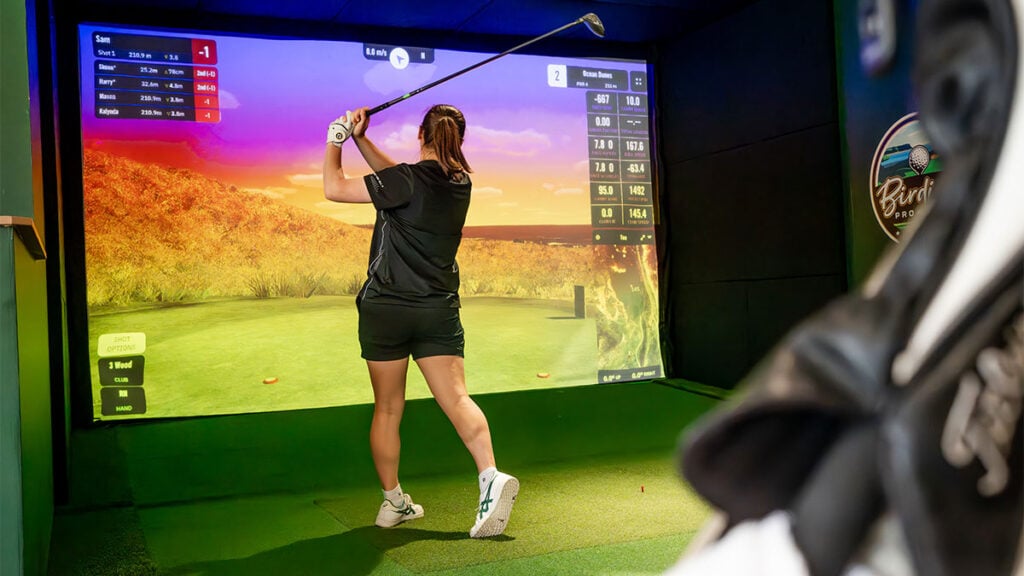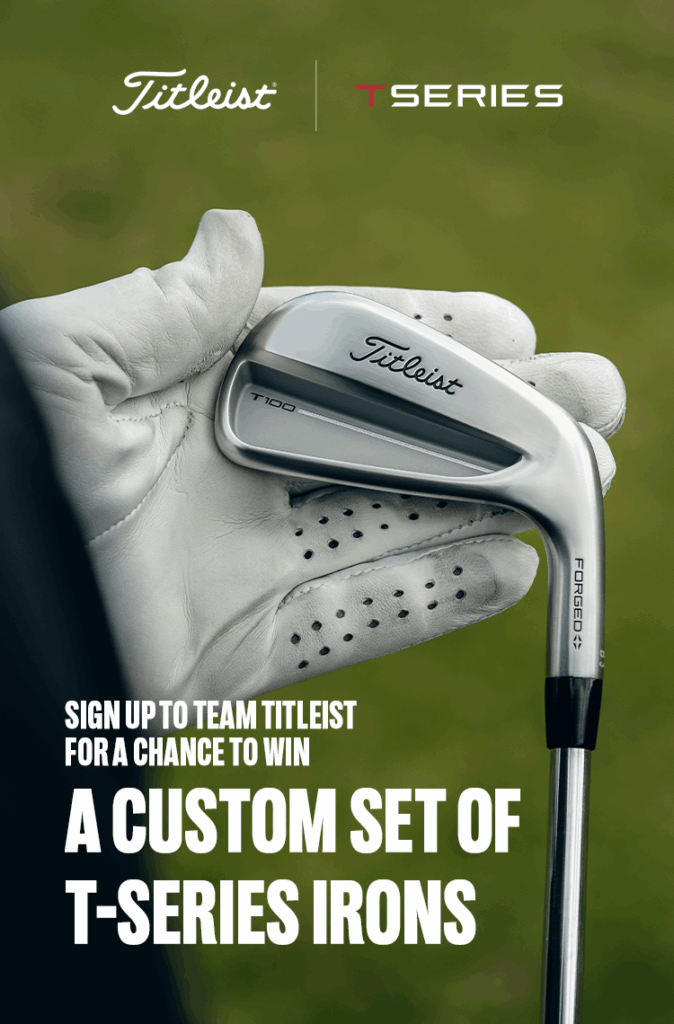[PHOTO: Justin Kosman]
WHAT YOU NEED TO KNOW: Cobra leans in to its previous experience in 3D printing with its first fully commercial set of 3D-printed irons, the 3D Printed Tour. The irons are completely 3D-printed, allowing for a level of precision and intricacy, according to the company, not available in clubs that are forged or cast. 3D-printing also allows for a soft, forged-like feel in an iron with game-improvement traits.
AVAILABILITY & PRICE: Available from March 21; Australian pricing is TBA.
3 Cool Things
1. Experience counts. The company has a deep understanding of 3D-printing and its capabilities, having previously produced 3D-printed putters as well as more than 50 3D-print projects for tour players with nearly 20 put in play, including wedges for Rickie Fowler.
Each iron is fully 3D-printed from 316 stainless-steel through a DMLS (Direct Metal Laser Sintering) process, a metal 3D-printing technology used to build metal parts with exceptional mechanical properties and precision. This manufacturing method can produce complex designs that cannot be achieved using traditional casting or forging methods. In this case a players blade that can be used by tour players as well as mid and higher-handicappers alike.
2. Complexity made possible. An interior lattice – only made possible by the 3D-printing process – provides support for durability while producing a pleasing sound.
Using the lattice reduces the weight of the club by a third, allowing designers to reposition a significant amount of discretionary weight (up to 100 grams) lower and deeper in the clubhead to achieve the lowest CG and highest MOI possible in a smaller blade shape. The internal lattice structure also provides additional stiffness and strength to support the clubface and fine-tune acoustics of each iron for optimised sound and feel.
3. Fostering forgiveness in a blade. The weight savings from the lattice allows for the use of up to 100 grams of tungsten (the equivalent weight of 18 quarters) low and in the heel and toe areas, producing a low centre of gravity to assist launch.
The added mass also delivers a high moment of inertia that mitigates ball speed loss on off-centre hits like that of a game-improvement iron in a blade-like shape.
“The 3D printed LIMIT3D irons were the first commercially available 3D printed clubs, and they sold out so quickly we had to make more,” said Mike Yagley, vice-president of innovation for Cobra. “The new Cobra 3D Printed Tour irons offer the same premium construction, performance and feel, but will now be available as a standard Cobra model.”



